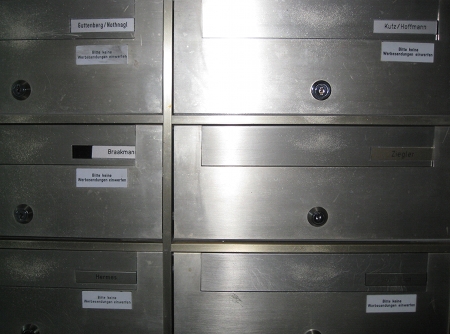On sunday the 7 th fleet reported:
The U.S. 7th Fleet has temporarily repositioned its ships and aircraft away from the Fukushima Dai-Ichi Nuclear Power Plant after detecting low level contamination in the air and on its aircraft operating in the area.
The source of this airborne radioactivity is a radioactive plume released from the Fukushima Dai-Ichi Nuclear Power Plant. For perspective, the maximum potential radiation dose received by any ship’s force personnel aboard the ship when it passed through the area was less than the radiation exposure received from about one month of exposure to natural background radiation from sources such as rocks, soil, and the sun.
The ship was operating at sea about 100 miles northeast of the power plant at the time.
24*30 = 720
So this means the boat received a 720 fold radiation at a distance of about 160 kms of the troubled Fukushima nuclear plant from what’s supposed to be normal.
Even if one assumes that the density of such a plume disperses quadratically one would have 720*(160^2/270^2) = approx. 250 times higher dose then normal, or in other words in one hour one would perceive about a third of a months radiation dose above normal being in such a plume at a distance of 270 kms (which is the approximate distance between Fukushima and Tokyo). Luckily the ship could get out fast of the hazardous zone.
Unfortunately the possibilities to alter weather are very small. In fact there were experiments in Abu Dhabi and it seems China is also doing a lot of research in that direction, seen critical by some others. The latest research item in cloud seeding seems to have been laser shots into the air over the sky of Berlin (see also this article ).
The information about what’s really going on at the plant is fuzzy. It is understandable that some people would like to avoid a panic and thus would not make all information available to a broad uninformed public, who might draw false conclusions. But some people would like to appease people by making unscientific claims about certain likelyhoods (while at the same time claiming that nothing can be measured!). But one should think about how such an approach may impair credibility…this holds especially true for some certain news agencies, who’s reports are less based on facts but on biased commentaries disguised as “facts”.
So here a bit of information taken together:
An interactive map from the New York times of the Fukushima plant with a BWR design which (if I understood correctly) is by General Electric. An illustration by Hitachi of the concrete Fukushima plant seems to be in this pdf. The design looks a bit differently than the General electrics one…
A rather matter of fact and informative blog post about what happened at Fukushima by what seems to be a pro-nuclear writer (at least he cites pro-nuclear sources). What one got to hear sofar is that the reactor vessels and the containment of the troubled plants are still intact.
Our thoughts are with the japanese people and their grief.
Moreover we hope that the brave workers at the Fukushima power plants will succeed with their plans to avoid the worst. We hope that it will be possible to supply more and better equipment (see e.g. Kyodo news about the 5 fire pumps) to the dangerous Fukushima area and that with international help the results of the earthquake, Tsunami and nuclear disaster can be mitigated and that the worst possible nuclear scenarios won’t happen at Fukushima.
update 16.3.2011: I forgot to include a link to the
->overview on nuclear energy on randform
In this overview I actually saw the probability of a terrible accident with currently exisiting reactors as rather small. So in this overview I focused on problems with future types of nuclear energy generation (which include even more dangerous nuclear technology) and with the waste problem. I am asking myself now if I should give nuclear energy even more critical scrutiny.
